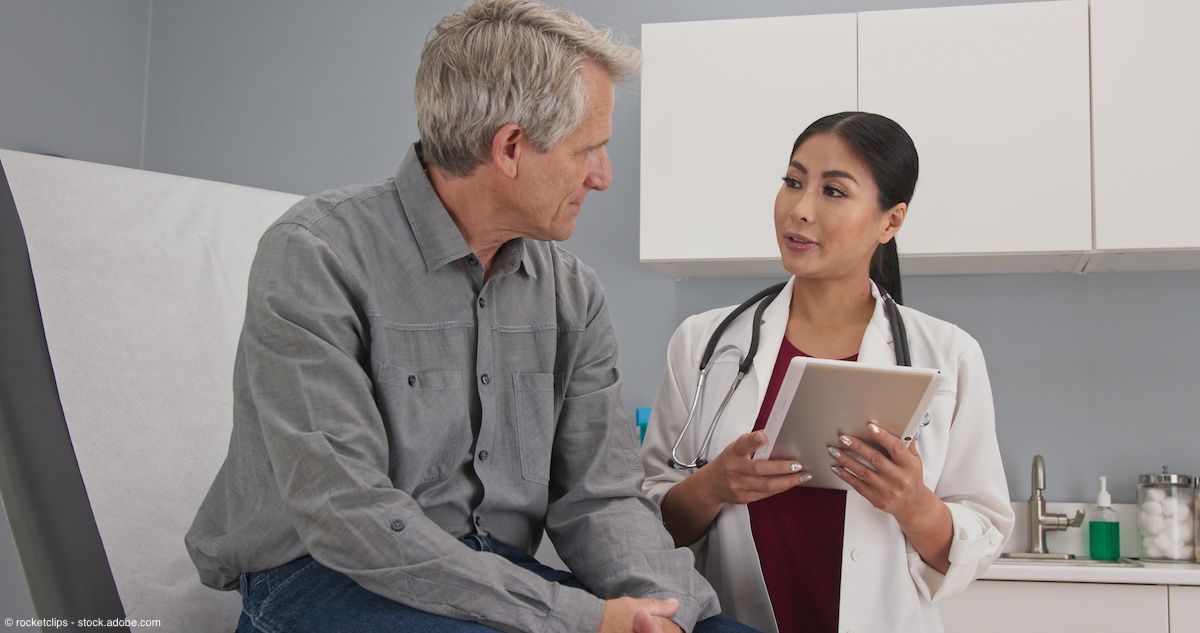Article
Aerobic exercise boosts testosterone levels
Author(s):
Overweight and obese men who participated in 12 weeks of aerobic exercise saw significantly increased testosterone levels, a recent study found.
Overweight and obese men who partook in 12 weeks of aerobic exercise saw significantly boosted testosterone levels, according to new research from Tsukuba University, Tsukuba, Japan, and Ryutsu Keizai University, Ryugasaki, Japan.
Related: Polycythemia risk evaluated in patients on TRT pellets
A men’s health expert says the paper “lays the foundation for giving patients really accurate data on what could be potentially a more holistic approach for treating low testosterone.”
In a previous study, a collaboration between the two universities had discovered that a combination of diet and exercise was effective in increasing the testosterone in this population. However, for this new study, the researchers wanted to examine specifically the effect of regular aerobic exercise on testosterone levels.
For the study, which was presented at the American Physiological Society’s Integrative Biology of Exercise VII meeting in Phoenix, the authors compared 16 normal-weight men to 28 overweight/obese men, and none of the participants exercised regularly. Each volunteer finished a 12-week aerobic exercise plan that consisted of 40–60 minutes of walking or jogging on 1 to 3 days per week. Testosterone levels were recorded at the conclusion of the study.
The findings showed that while testosterone levels were still at lower levels than the normal-weight men at baseline, overweight and obese men saw a significant increase in all measured testosterone levels. This was especially true of those men who exercised vigorously. However, the authors wrote in their paper, exercise intervention had no significant effect on testosterone levels in the normal-weight men.
Also see - Testosterone therapy in women: Is there a benefit?
At baseline, the overweight/obese men had a significantly lower total, free, and bioavailable testosterone level than normal-weight men. While their testosterone was still at lower levels than the normal-weight men at baseline, overweight and obese men saw a significant increase in all measured testosterone levels.
Next: "It seems the increase in physical activity, especially vigorous physical activity, is the main factor for increasing serum testosterone levels"
“I think decrease in body mass is one of the factors for increasing serum testosterone levels. However, the degree of weight loss is small, and we found that the increase in vigorous physical activity was independently associated with the increase in serum testosterone levels. So, it seems the increase in physical activity, especially vigorous physical activity, is the main factor for increasing serum testosterone levels,” said lead author Hiroshi Kumagai, of the University of Tsukuba, in a press release from the American Physiological Society.
Read: FDA adds new warning, updated labeling for T products
Urology Times Editorial Council member James M. Hotaling, MD, MS, says the researchers’ findings align with what he tells patients.
“This study confirms what we tell patients all the time, which is diet and exercise can help increase testosterone levels,” said Dr. Hotaling, of the Center for Reconstructive Urology and Men’s Health, University of Utah, Salt Lake City, who was not involved in the study. “Aerobic activity-such as weightlifting or walking up a steep hill-are some of the few things that will increase endogenous testosterone production.”
Not surprisingly, body weight also significantly decreased following the exercise intervention in the overweight/obese cohort, yet the authors wrote that the increase in vigorous physical activity was independently associated with the increase in serum testosterone levels. The data also showed that the exercise intervention had no significant effect on testosterone levels in the normal-weight men.
In the paper, the team described how fatigue, decreased sex drive, and decreases in muscle and bone mass are some of the common symptoms of low testosterone in men. Dr. Hotaling added that the amount of obesity in the U.S. adds to the problem.
“A huge portion of our population is obese or overweight and although that number may be leveling off, it’s certainly not going down,” he said. “This work is important in that it lays the foundation for giving patients really accurate data on what could be potentially a more holistic approach for treating low testosterone.”
More on Testosterone:
Study: More evidence of T therapy’s safety in some PCa patients
Long-term TRT improves urinary, erectile function
Study offers practical insights on TRT use
Subscribe to Urology Times to get monthly news from the leading news source for urologists.

















